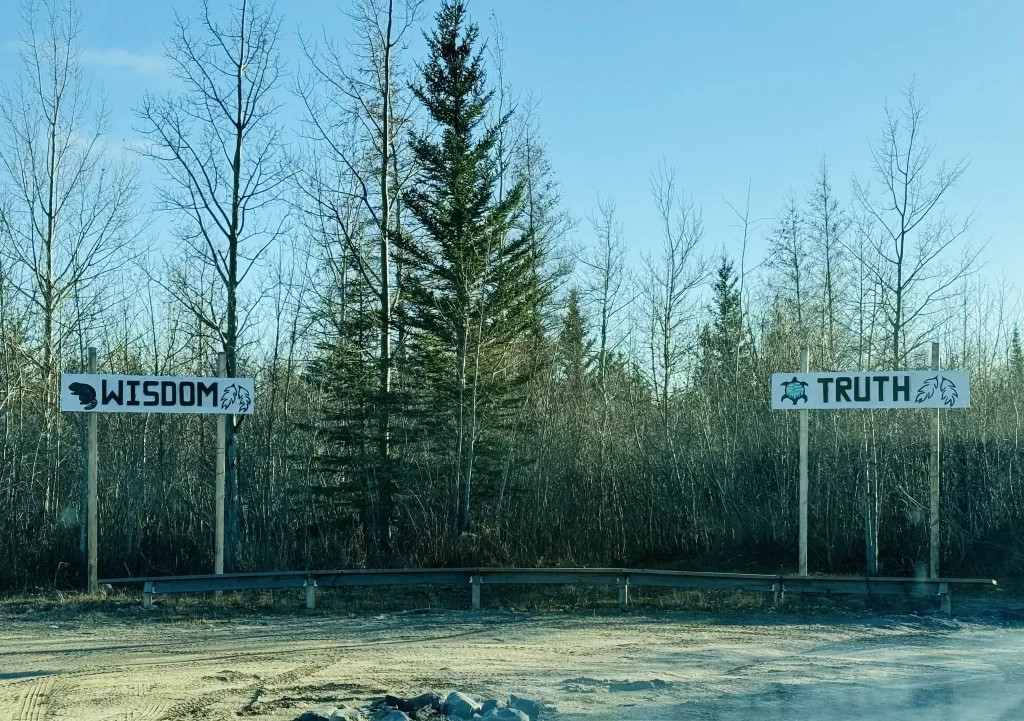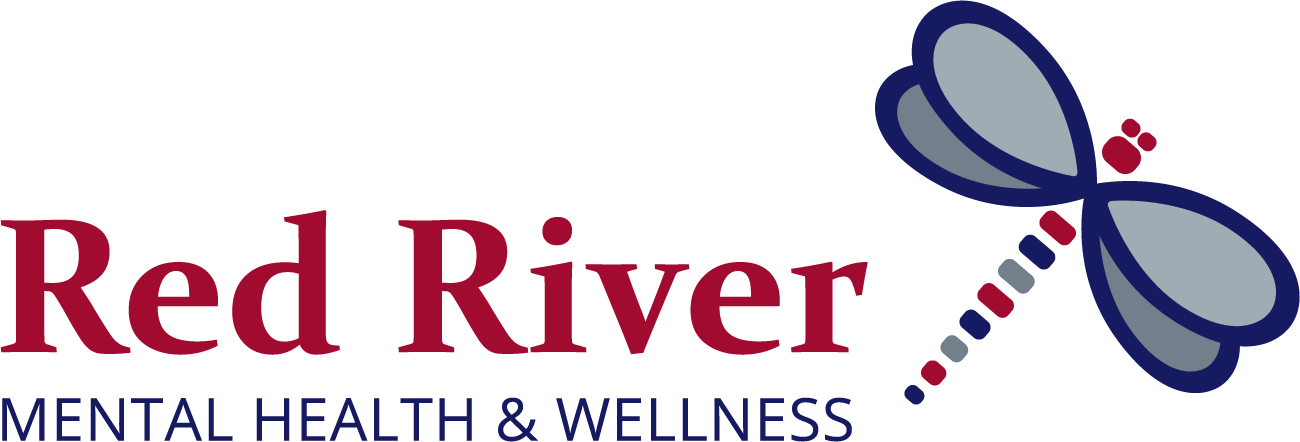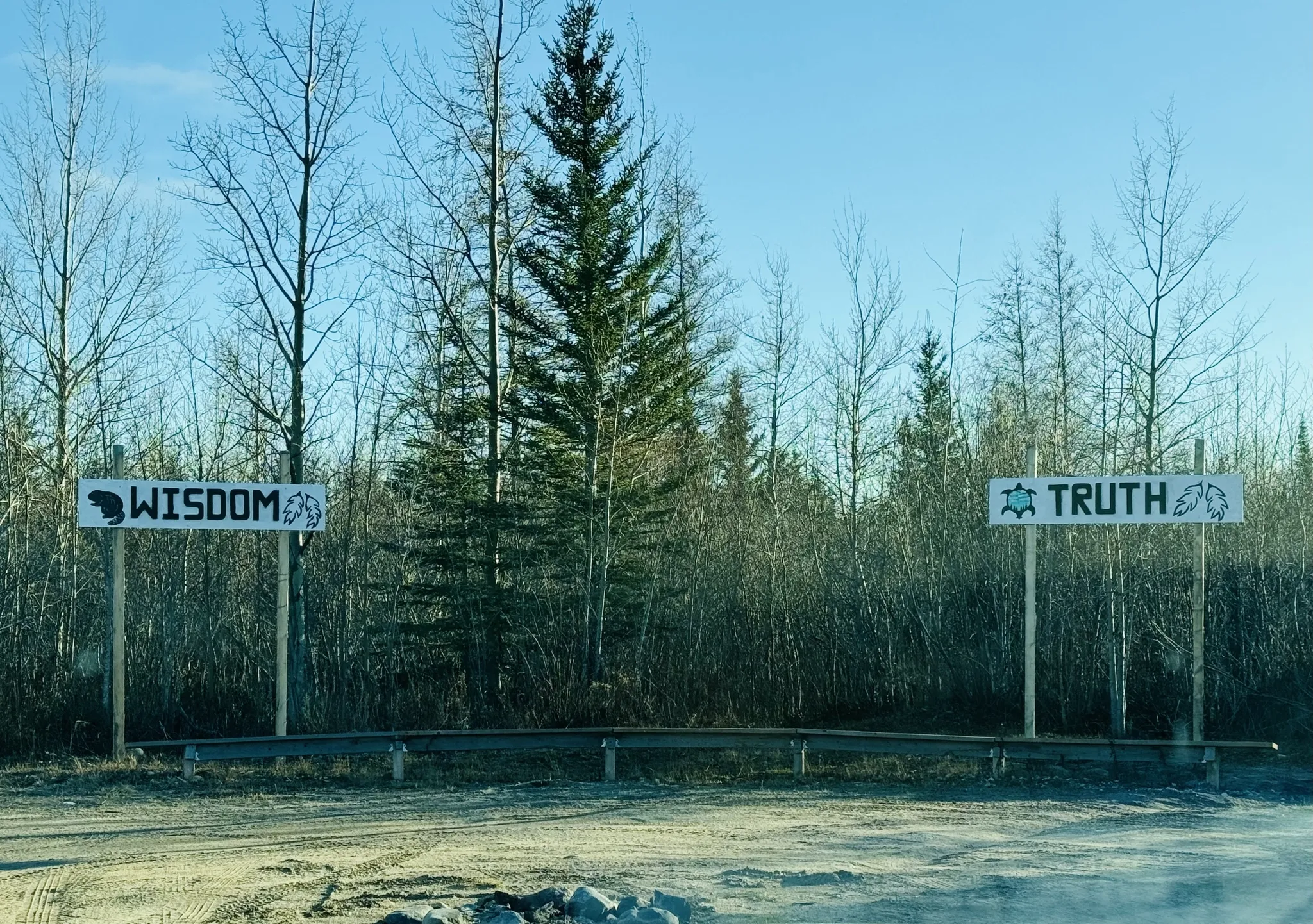Rooted in Relationship and Responsibility

I come to this work as a Red River Métis woman and an ally to First Nations, guided by wahkotowin (or wâhkôhtowin) — a Cree and Michif concept often translated as kinship, teaching that all life is interconnected and that we each carry responsibilities to live as good relatives, with respect, reciprocity, and care. This Teaching shapes how I live and work. I am a helper, daughter, wife, and aunty, shaped by family and community.
My relatives include Spence, Inkster, McDougall, Campeau, and Pelletier — names reflecting both Indigenous and settler ancestry. I’m a member of the Manitoba Métis Federation, Southwest Region (Portage Local), and my practice grows from walking in both worlds — blending (w)holistic principles with clinical tools that work with both heart and mind.
The work of reclaiming, relearning, and revitalizing is ongoing. Born and raised in Ontario, I was once a member of the Métis Nation of Ontario, believing that was where I belonged. As I deepened this work — committing to honesty and authenticity — I came to understand that my Indigenous roots are not in Ontario but in the historic Red River Homeland. For me, leaving the MNO was not about politics, but about grounding myself in truth and place. Where we come from is inseparable from identity, history, and Nationhood — each rooted in specific lands and communities. Reconnecting to my origins has brought greater clarity and integrity to how I show up in this work, and that clarity builds trust.
I entered the helping profession in 2018, and since then, this work has taken me to remote First Nations, urban Indigenous agencies, and into education as a Field Consultant with the School of Indigenous Relations at Laurentian University. In my practice, I strive to honour the people and places that continue to shape my understanding of helping — and what it means to do this work in a good way. This reflective piece shares insights from my time supporting a First Nation community on the James Bay Coast, where the lessons learned continue to guide how I walk in this work today.
North of North
When I was growing up in Sudbury, I used to tell people I was from the North. Looking back, I can smile at how wrong I was — Sudbury is many things, but it isn’t the North.
My first real introduction came during my undergraduate years, when I met someone from the James Bay coast. Their stories stirred something in me, and the North began to take hold of my imagination. That friend, from Attawapiskat First Nation, once cautioned that many who come to remote communities arrive with good intentions but sometimes cause harm or offer little real help. I didn’t fully understand then — I only knew I felt a pull.
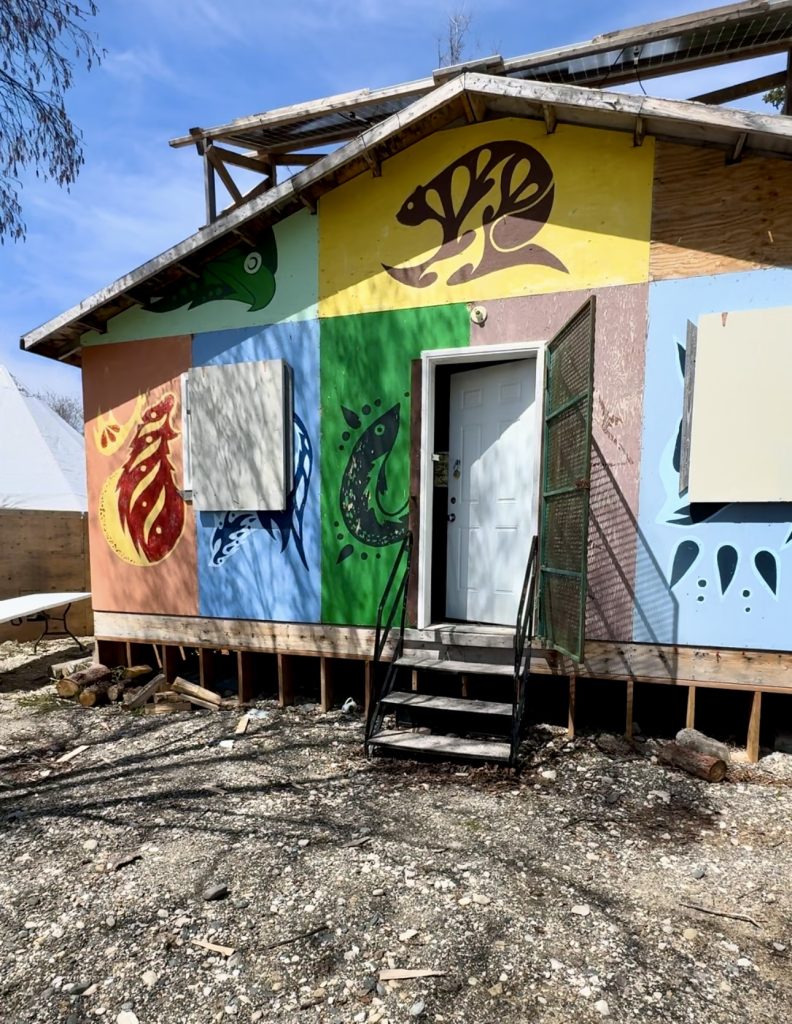
As a Michif woman still reclaiming my own cultural identity and ways of knowing, I now see that I was drawn North by the deep sense of connection and belonging I witnessed in the communities I came to know. In those spaces, I felt at ease — grounded by the strength of relationships and the rhythm of community life. What I admired, and quietly longed for, was that depth of belonging, even knowing it was not mine to claim. Over time, I came to understand that as an outsider, I will never fully inhabit or grasp those lived realities — and that this recognition is vital. Accepting that truth affirms the boundaries of my role: to listen without judging, assuming or defining.
Looking back, I realize that in my early years, I often romanticized the North. That idealization carried echoes of something older: a Southern fascination with “the North” as a place of simplicity or rugged beauty. Seen through that lens, living communities risk becoming symbols rather than the vibrant, self-determining Nations they are. Over time, I came to understand that what I once called resilience was often survival in the face of neglect. Yet within that struggle, I also witnessed profound knowledge — of land, water, seasons, and relationships that sustain life. Those teachings, carried through generations, continue to guide how people live in relation to place — a quiet and enduring assertion of identity and memory, maintaining connection despite distance and external pressures.
First Flights North
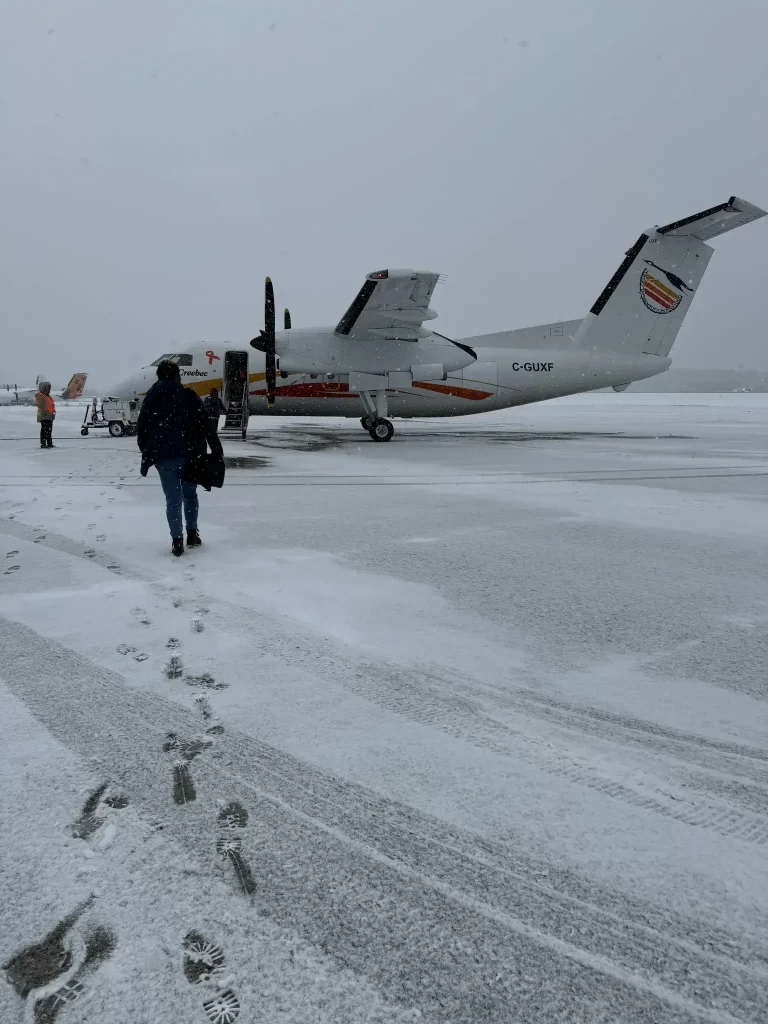
I almost didn’t get on the plane the first time. It was small, the weather was rough, and I was terrified — not just of flying, but of what waited when I landed. Looking back, I realize the fear wasn’t about the plane at all. It was about stepping into the unknown — into work, community, and relationships I didn’t yet understand. Still, I went.
Over time, I began to look forward to those flights. I stopped holding my breath through turbulence and learned to let go of control. That became its own important lesson — that fear doesn’t always need to be conquered; sometimes it just needs to be carried gently.
On the ground, I was met with warmth — and with caution. Communities had seen many helpers come and go. Some brought programs that didn’t fit. Others made promises they couldn’t keep. I learned quickly that presence mattered more than performance. Listening mattered more than speaking. And humility wasn’t optional — it was the only way to begin.
Stories Carried
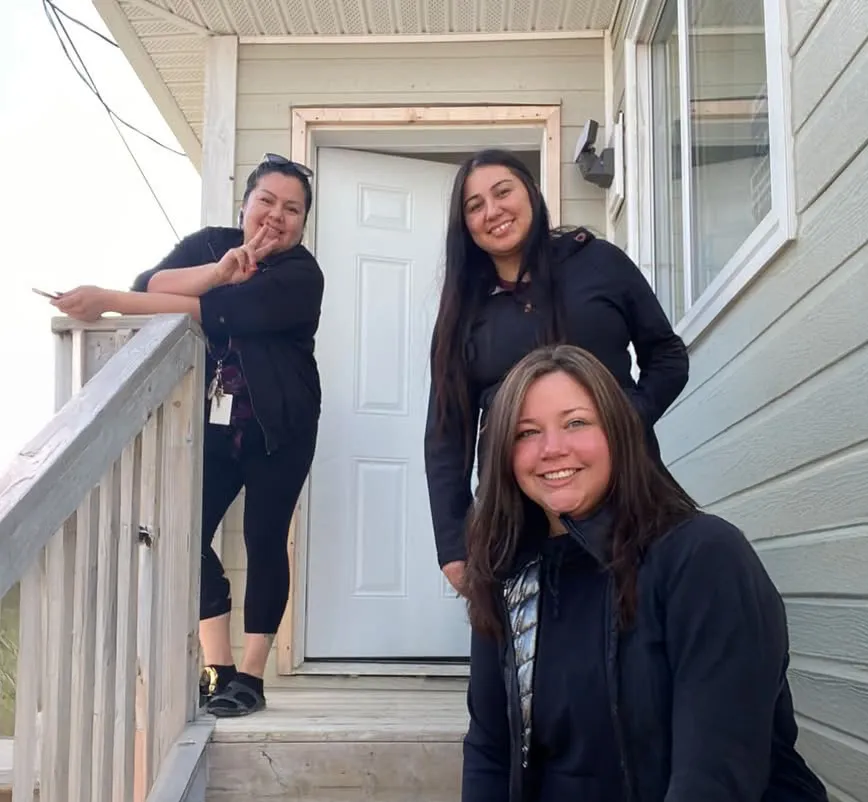
With each visit, I heard stories of ongoing impacts — from Residential Schools to the daily strain of systems that still fall short. These weren’t distant or historical; they showed up in housing, food, water, income, and safety. You don’t just hear about these realities; you witness them in everyday life and feel their gravity in the way they’re shared.
Alongside the hardship, there was care. I saw communities organizing, families supporting one another, and youth councils full of ideas and energy. Healing and connection emerged through local strengths — land-based programs reclaiming wellness, events that brought laughter and learning, and camps where traditional skills were passed down. These were acts of leadership and love — collective, thoughtful, and full of heart. They reminded me that the community already holds the knowledge to build what is needed; my role, when invited, is to support, not to steer.
The stories shared with me are living truths, shaped by history, and the ongoing impacts of colonization. This particular Nation carries its own distinct challenges, values, and ways of knowing, and it is in those details that the depth of their strength is revealed. At the same time, I recognize parallels in other Indigenous communities I have worked with — similarities that point to shared struggles, not sameness.
Systems of Extraction and Survival
I remember walking into the main supply store one day and seeing a sign that read, “Serving your community since 1750.” The words rang hollow. The store was part of a national chain, tied to old trade systems that took more than they gave, with prices that would shock anyone from the South — a case of bottled water often cost more than a family’s meal. It offered access to goods, but profits flowed outward, rarely remaining in the community.
Later in the year, I was in community when the water system went down. On my doctor’s advice, I returned home early because of a health condition, but others with similar vulnerabilities did not have that option. It was the shoulder season, and heavy snow with low ceilings delayed my flight for three days. As I left, bottled water was being flown in, and I remember wondering if people had been waiting all that time for access to this vital necessity. For the duration of the emergency, the community depended on pallets of bottled water flown in by plane — a temporary, costly measure that underscored how fragile the system had become.

Over winter, the threat of evacuation lingered for weeks. People flown out for safety returned to face new risks — flooding season and the familiar cycle of upheaval that follows. For decades, the river’s annual break-up has brought flooding, forcing evacuations nearly every year since 2012 as ice jams and rising waters test the dykes built in the ’90s. This year, the community declared a state of emergency as the river swelled. By early May, the airport road was cut off, and some departures required helicopters — a situation not seen since 2006. While I never made back to the community, I did manage to reconnect with members at Toronto evacuation sites, providing mental health and crisis support and helping with system navigation.
It’s hard not to see this as part of a longer story. In the late 1950s, people were moved from a safer area near the river to a low-lying stretch along its shore — a place chosen less for safety than for convenience. The warnings about flooding reportedly came early, and they proved right. Decades later, promises of relocation, stronger dikes, and all-season roads have piled up yet little has truly changed. Each spring still brings the same uncertainty, the same evacuations, and the same assurances that lasting solutions are on the way. Meanwhile, large-scale development plans in the surrounding lowlands — mines, access roads, and new industrial corridors — continue to advance with remarkable speed, raising familiar questions about who bears the risks, who reaps the rewards, and whether those who live closest will ever see the benefits they’ve been promised.
Land, Knowledge, and Community Strength
Yet amid these challenges, the land continues to provide sustenance, forming the foundation for community strength and resilience. Geese, moose, berries, fish, medicines, and the salt of the bay nourish both body and identity. Skilled harvesters teach youth how to prepare and care for these gifts. I was fortunate to witness this generosity in different spaces: women showing how to process pike and whitefish at a fish camp; youth learning goose preparation and smoking techniques at the Self-Care Cabin; others teaching how to find Labrador Tea and sharing its healing uses.
I learned how food, medicine, and knowledge are carried through practice and passed on across generations. This abundance builds self-sufficiency and cultural continuity, standing in contrast to the fragility of outside systems — though all play a role in survival. These practices reminded me that food and medicine are about more than nourishment. They hold identity, wellness, and connection — links that store-bought goods can never replace.
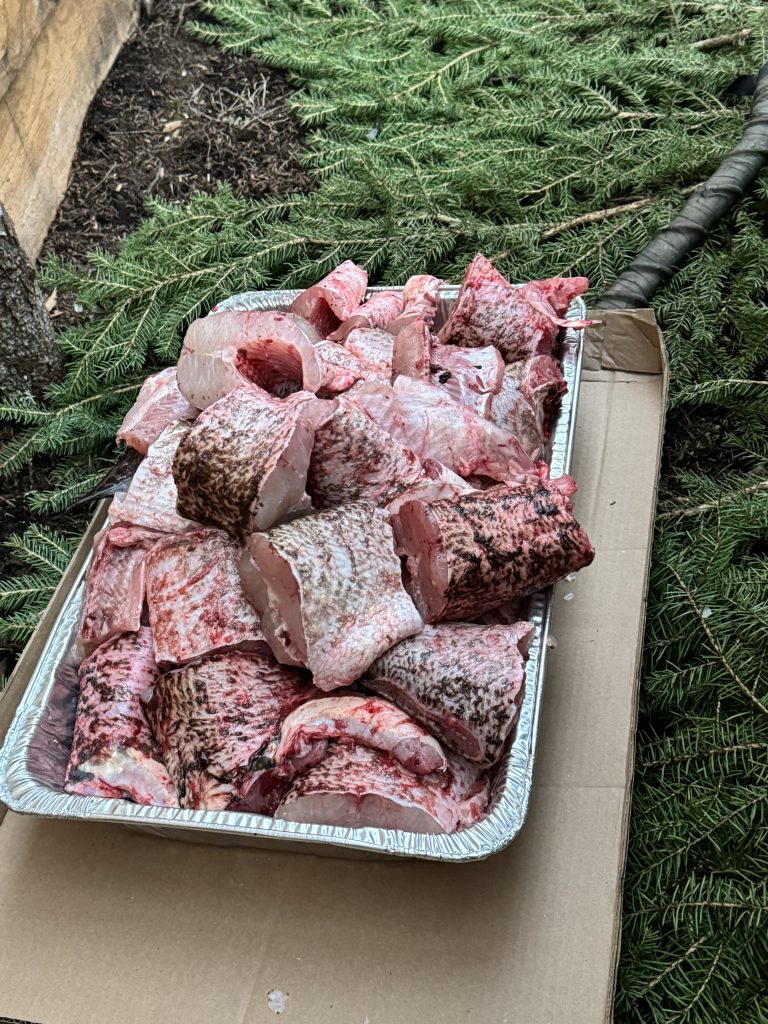
Capacity Rooted in Community
Just as reliance on outside suppliers drains local resources, the same pattern can be seen in health and social services. Outsiders are often brought in, but rarely stay long. That turnover creates gaps — not just in staffing, but in trust. I’ve been part of this cycle as a contracted worker, and it has made me think deeply about what sustainable capacity really means.
When communities have the tools and training to lead their own programs, the change is clear. I remember one trauma workshop where about twenty participants came together — some already working in care roles, others simply wanting to support their families. Not long after, I saw those same people using what they’d learned, adapting it to their context in ways more effective than anything I could have offered. That’s what real capacity looks like: care rooted in relationship, guided by local knowledge.
These truths continue to shape how I think about life in the North. They also revealed how hard-won progress can be, and how easily it’s disrupted by decisions made far away. When funding for programs like Choose Life, Jordan’s Principle, and other federal initiatives are reduced or delayed, it’s not only services that are affected — momentum, trust, and continuity of care are impacted. Yet in the face of these shifts, communities continue to lead with determination and creativity, finding ways to sustain programs, and build systems that reflect their own priorities. The work doesn’t stop; it adapts, led by local people who know what their communities need most.
Healing in Many Forms
This work has shown me that mental health support is deeply shaped by what it feels like, who’s offering it, and how it’s shared. Too often, care focuses on changing thoughts and behaviours, when healing often begins much deeper—in the body, the breath, and the relationships that help us feel safe again. I’ve learned that wellness is not only a matter of the mind, but of the heart, spirit, and nervous system working together. For some, that healing may be grounded in faith or culture; for others, in connection with nature, community, or purpose. What matters most is creating space for people to be seen, to settle, and to reconnect with themselves in ways that honour their own story and beliefs.
In Northern communities, where outside workers like me come and go, I’ve noticed that healing often starts from the ground up—guided by the community’s presence and wisdom. Without that foundation, even meaningful work can struggle to take root. My training, rooted in Southern perspectives, doesn’t always fit the realities of remote First Nations. Principles like dual relationships, confidentiality, and professional boundaries look different when relationships and kinship are central to daily life. I’ve realized that standard practices weren’t built with these contexts, and applying them without reflection can risk disconnecting care from the people it’s meant to serve.
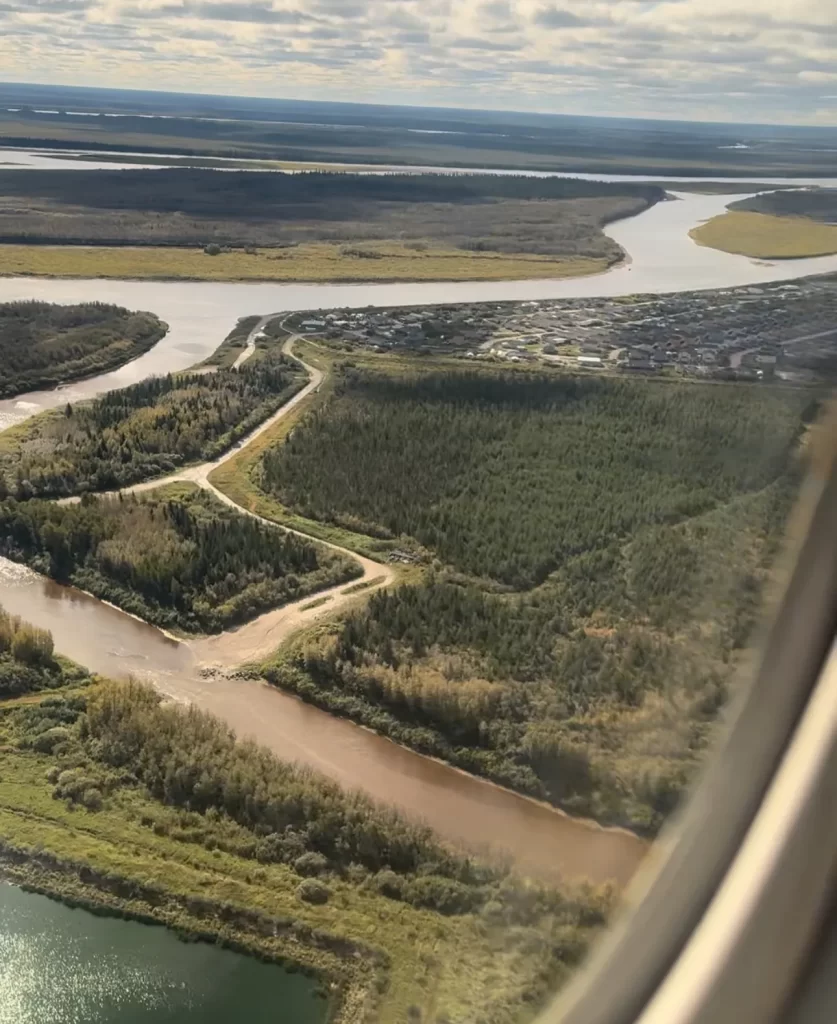
Wholistic healing feels different, and I’ve been humbled to witness it. It honours body, mind, spirit, family, and community, allowing each Nation to define wellness in its own way. Circles of Care emphasize continuity and community-led support, especially when services come from outsiders who leave for long stretches. Practices and needs vary widely, even among neighbouring communities. For some, Traditional Teachings and Ceremony are central to wellness; for others, they’re not. Some Nations hold a strong Christian influence, while others blend both. What stands out to me is that respecting choice and holding space for people to define healing on their own terms matters most.
I’ve been privileged to learn from wholistic and land-based practices that reflect what Western science is only beginning to understand—that healing is rhythmic, embodied, and connected. Walking, dancing, and drumming restore balance and bring people back to themselves. Knowledge Holders have shown me that healing rarely comes through advice or manuals. It grows through lived experience—through searching, struggle, reflection, and awareness.
These experiences have reshaped how I understand capacity. Building it—both personal and collective—means creating supports that endure beyond outside involvement. My role is not to fix or lead, but to walk alongside when invited, notice the strengths already present, and contribute where I’m needed. In practice, that looks different from conventional social work: sometimes it’s counselling in a truck, co-facilitating an AA meeting, making sandwiches for a funeral, or taking notes so every voice is heard. The work is fluid, responsive, and guided by respect rather than agenda.
The trauma-informed lens still matters; it helps recognize harm and create safety. But the work can’t stop there. Healing-focused approaches go further—supporting people to define their own needs and draw on the knowledge they already carry. Healing isn’t only about addressing harm. It’s about empowerment, meaning-making, and creating new pathways when they’re ready to emerge. In that light, wellbeing and life itself become not just outcomes, but an ongoing exchange —between people, place, and spirit.
Doing This Work in a Good Way
The North has taught me that this work asks something particular of people — not perfection, not credentials, but honesty, self-awareness, and a willingness to do the inner work it requires. It calls for knowing who you are, where you come from, and, just as importantly, who you are not. That understanding shapes how we show up — with integrity, respect for boundaries, and awareness of what belongs to others to carry.
This work does not resolve neatly — not for me, and not for the North. The systems and histories that shape it are still unfolding. Healing, justice, and equity remain ongoing efforts, carried forward by many hands. What I have witnessed lives beyond me, yet it has changed me — calling me to listen more deeply, move more carefully, and remain accountable to the people and places that offered their stories. I share these reflections not to centre myself, but to honour what continues to grow through relationship — stories too often overlooked or reduced to statistics, yet grounded in care, ingenuity, and connection.
I look toward a future where my role evolves — where local people have what they need to carry their own visions of wellness, and the work turns toward prevention, education, and wellbeing promotion. Many are already leading this change, showing what thriving looks like on their own terms. My part, when invited, is simply to walk alongside and support that strength.
